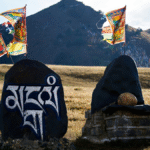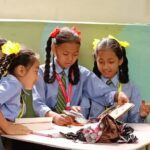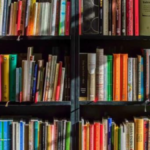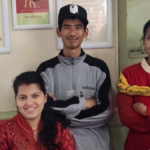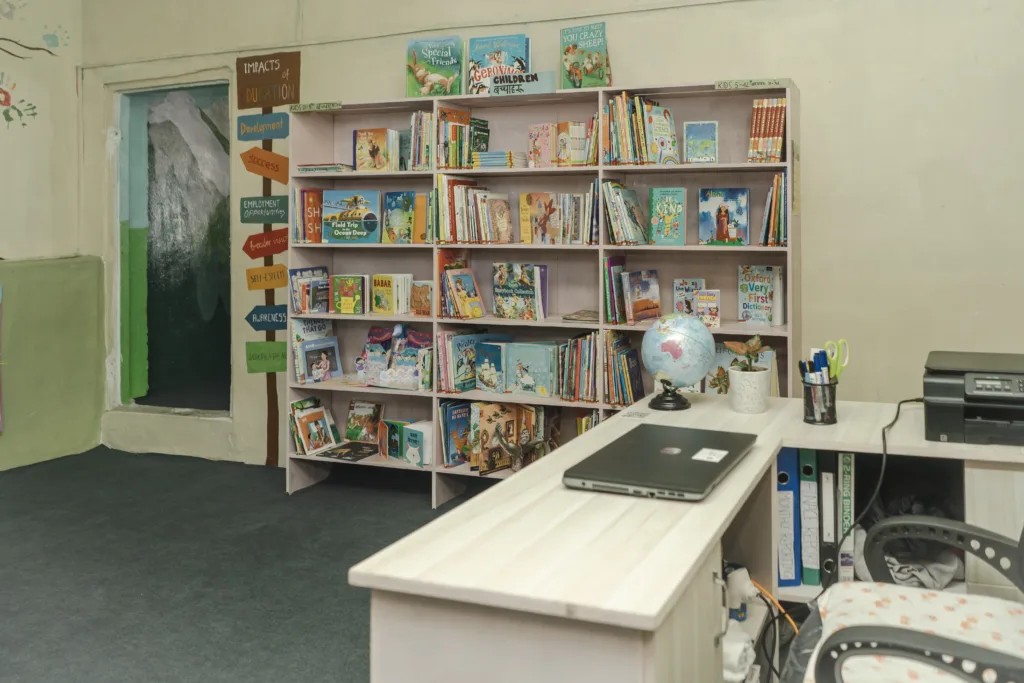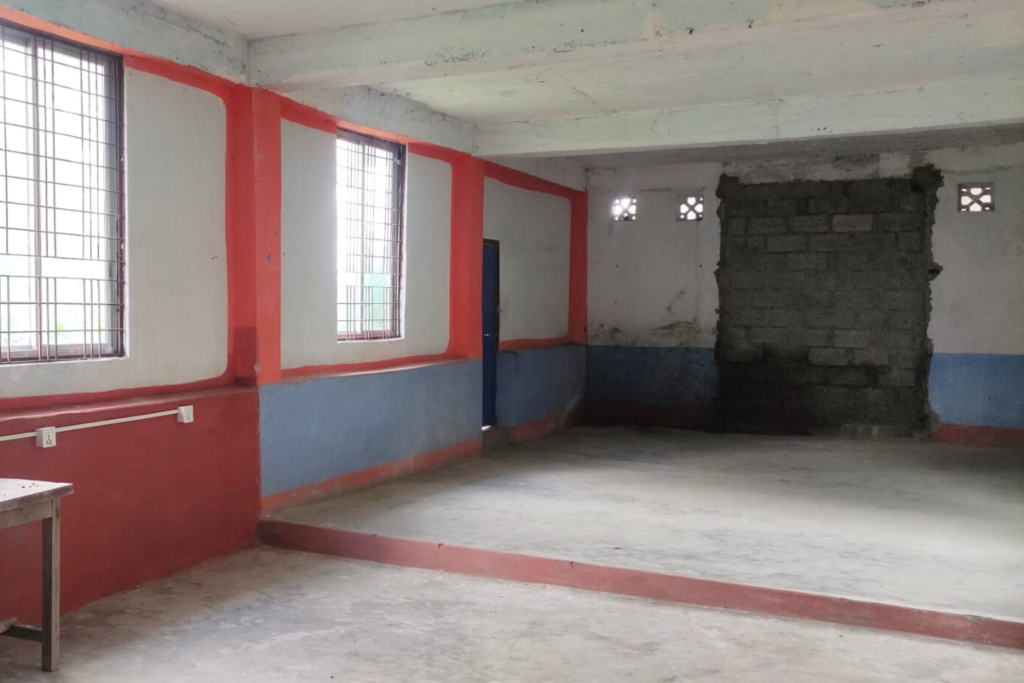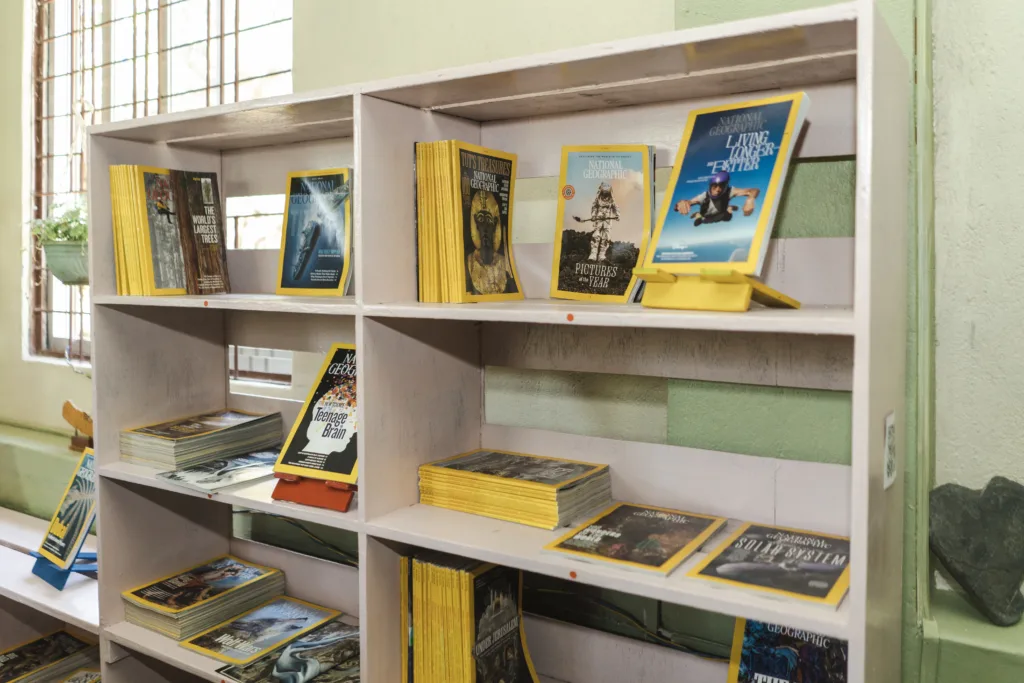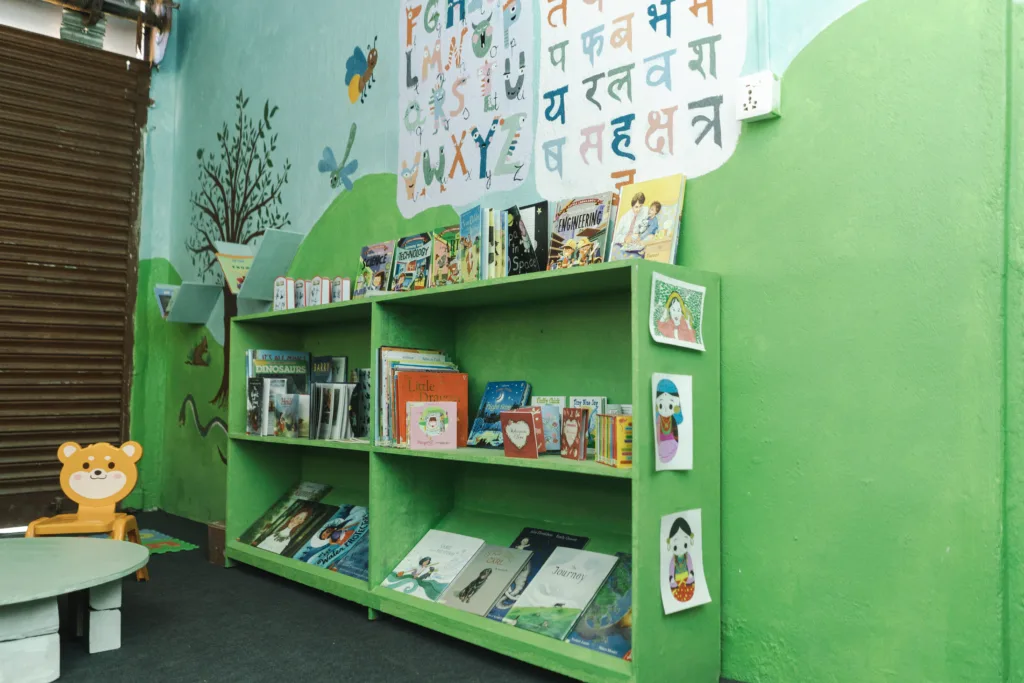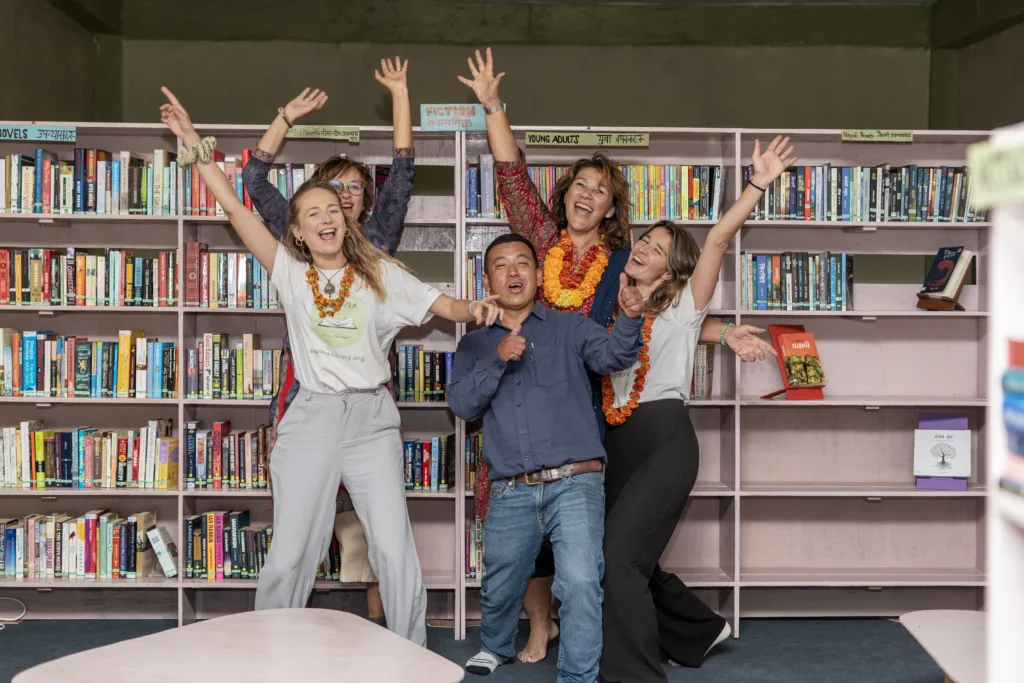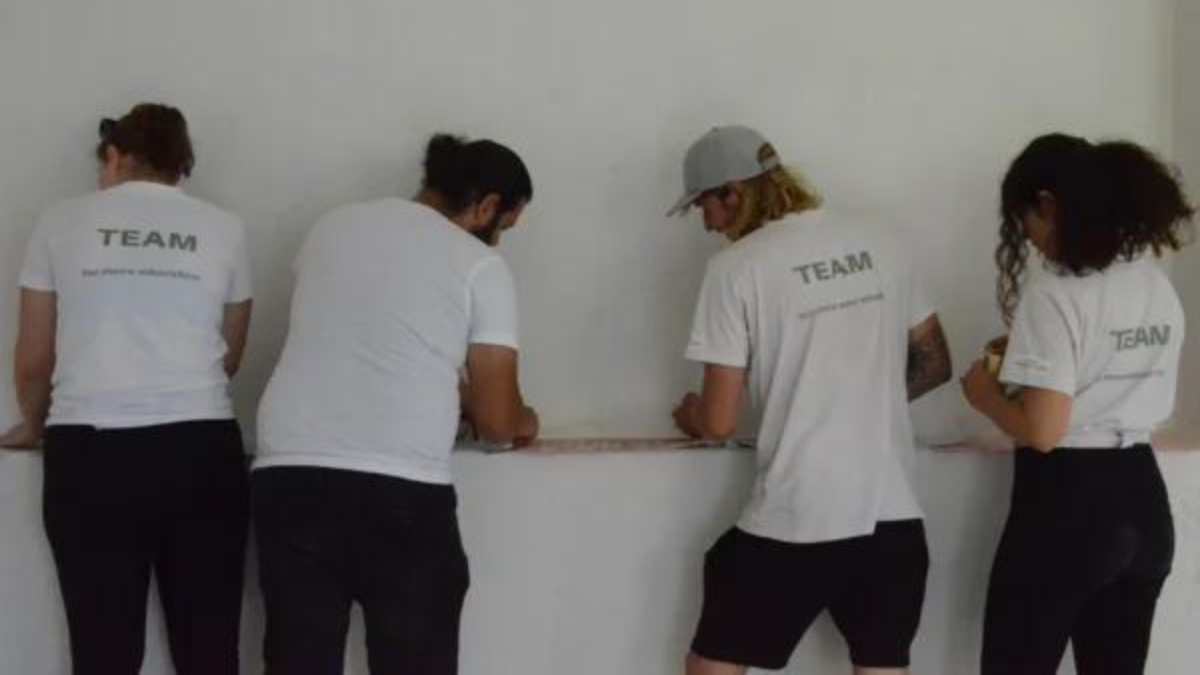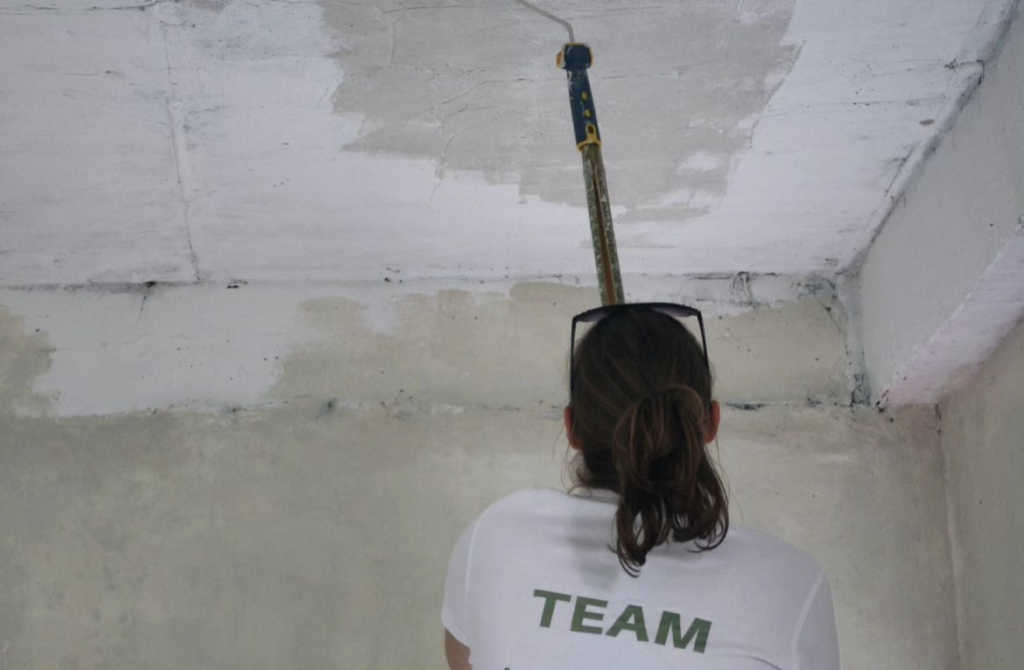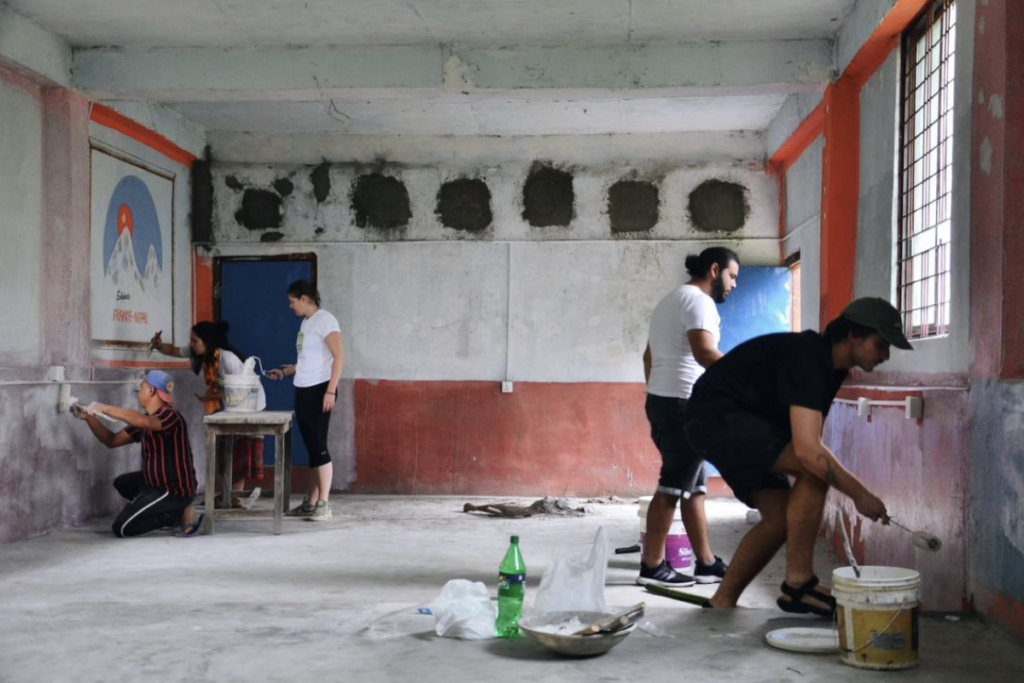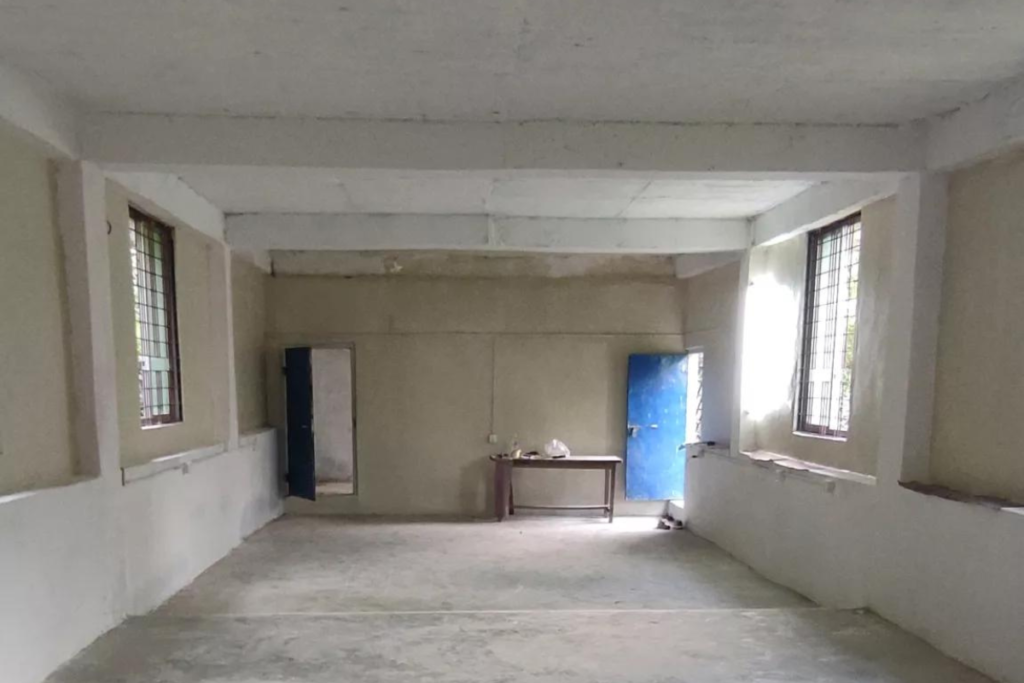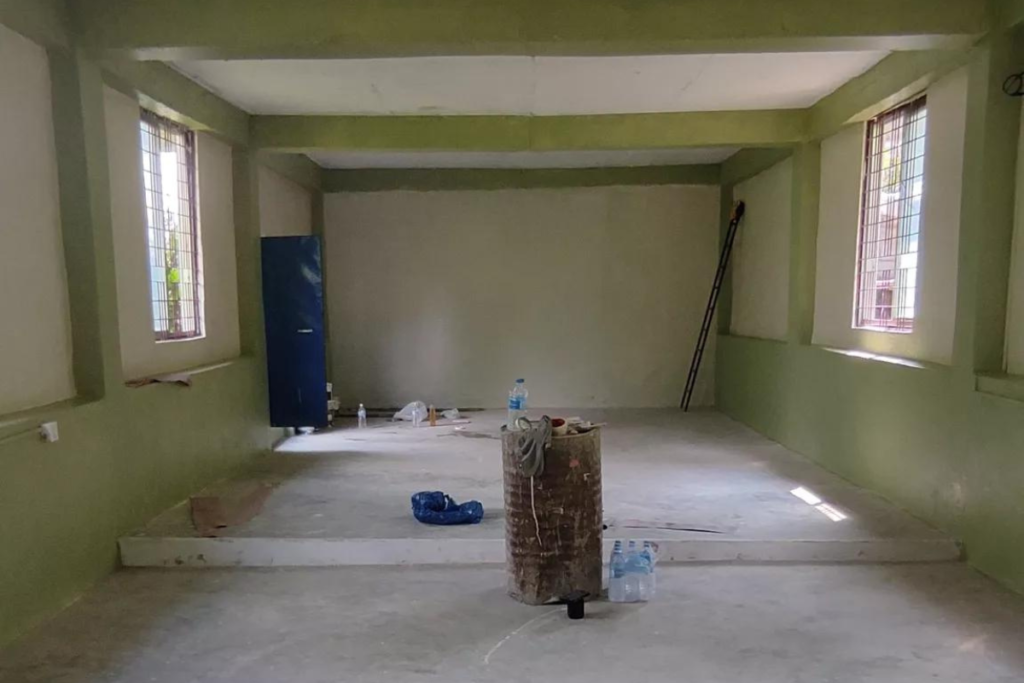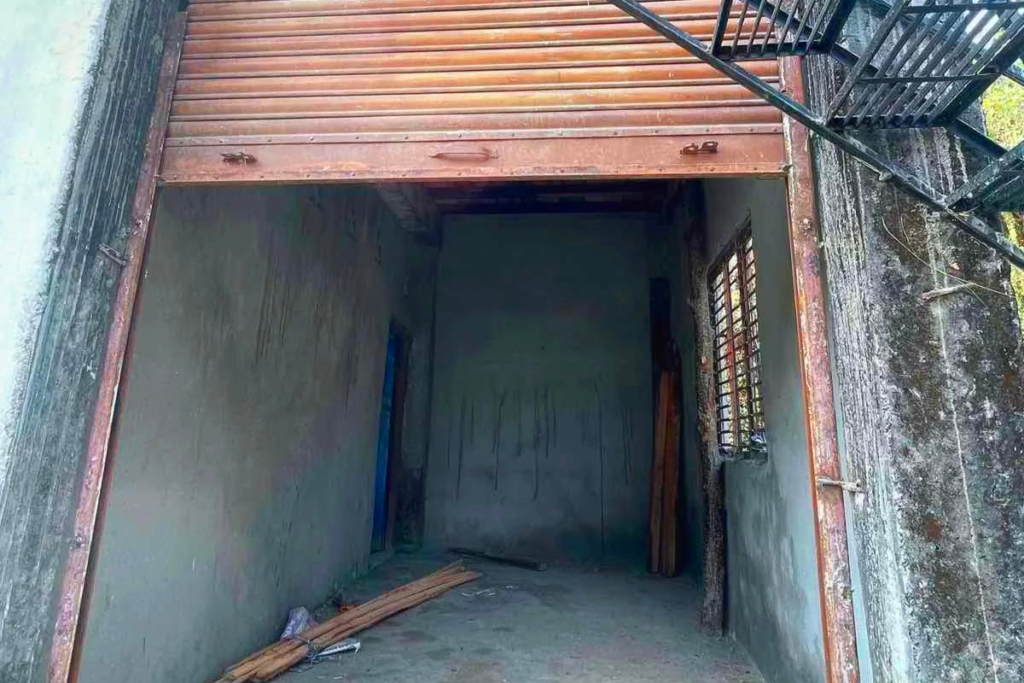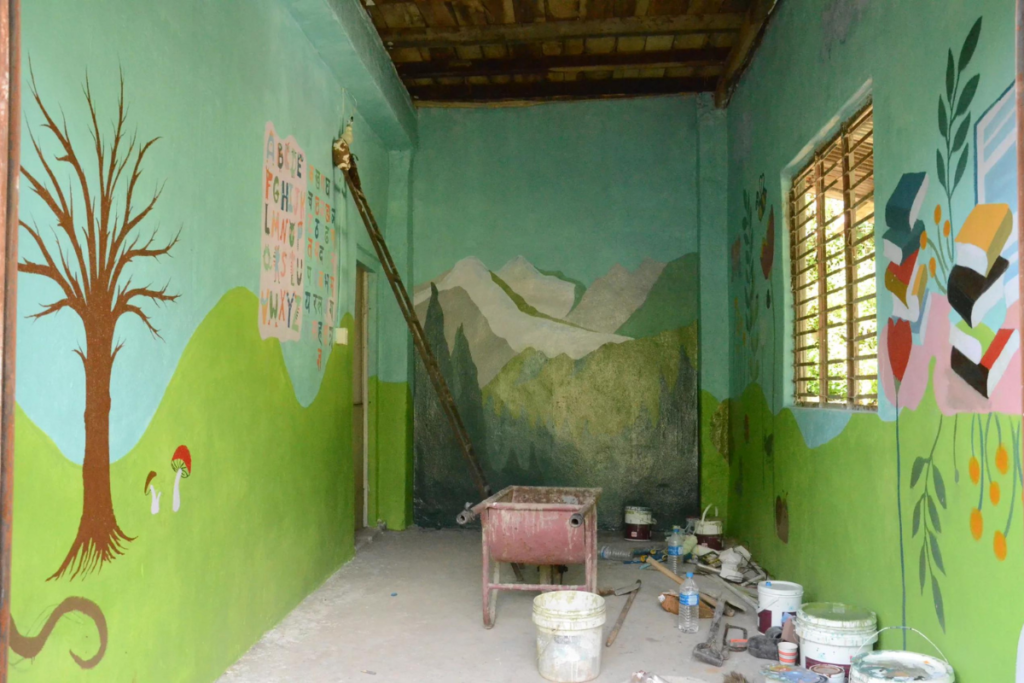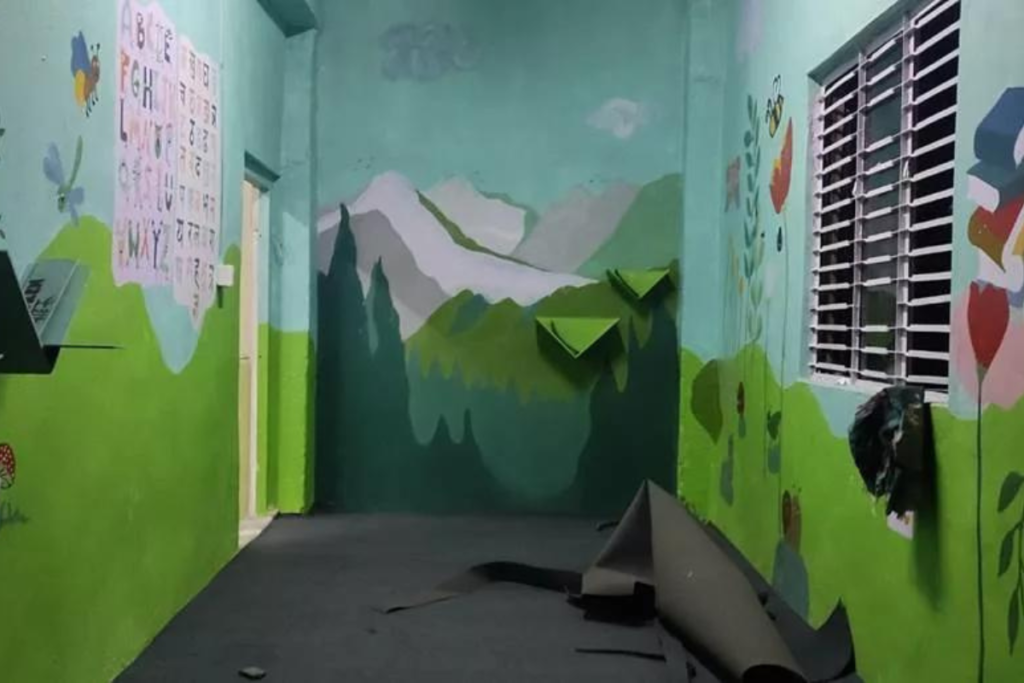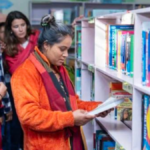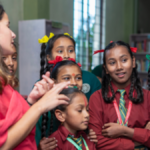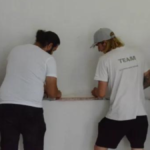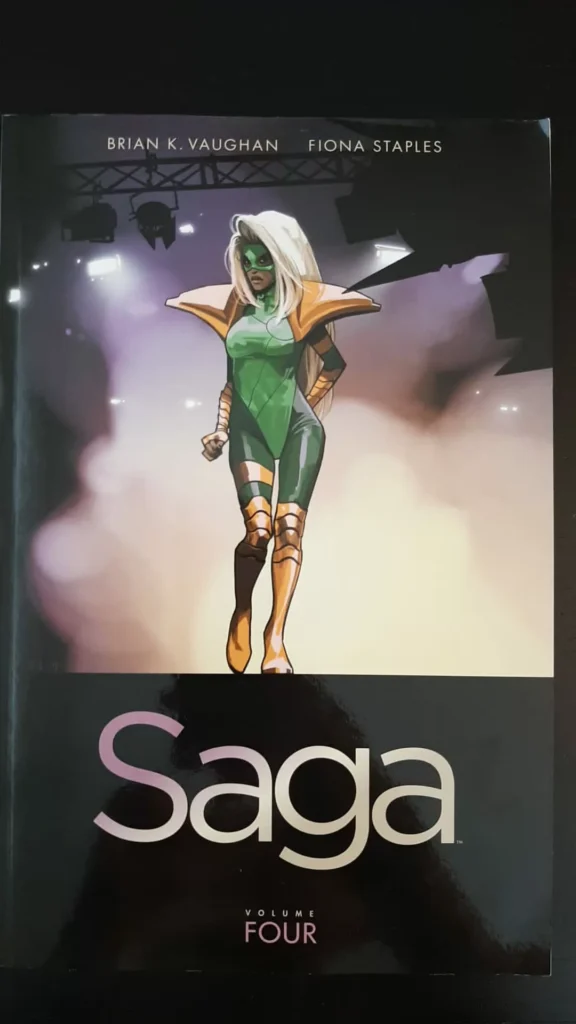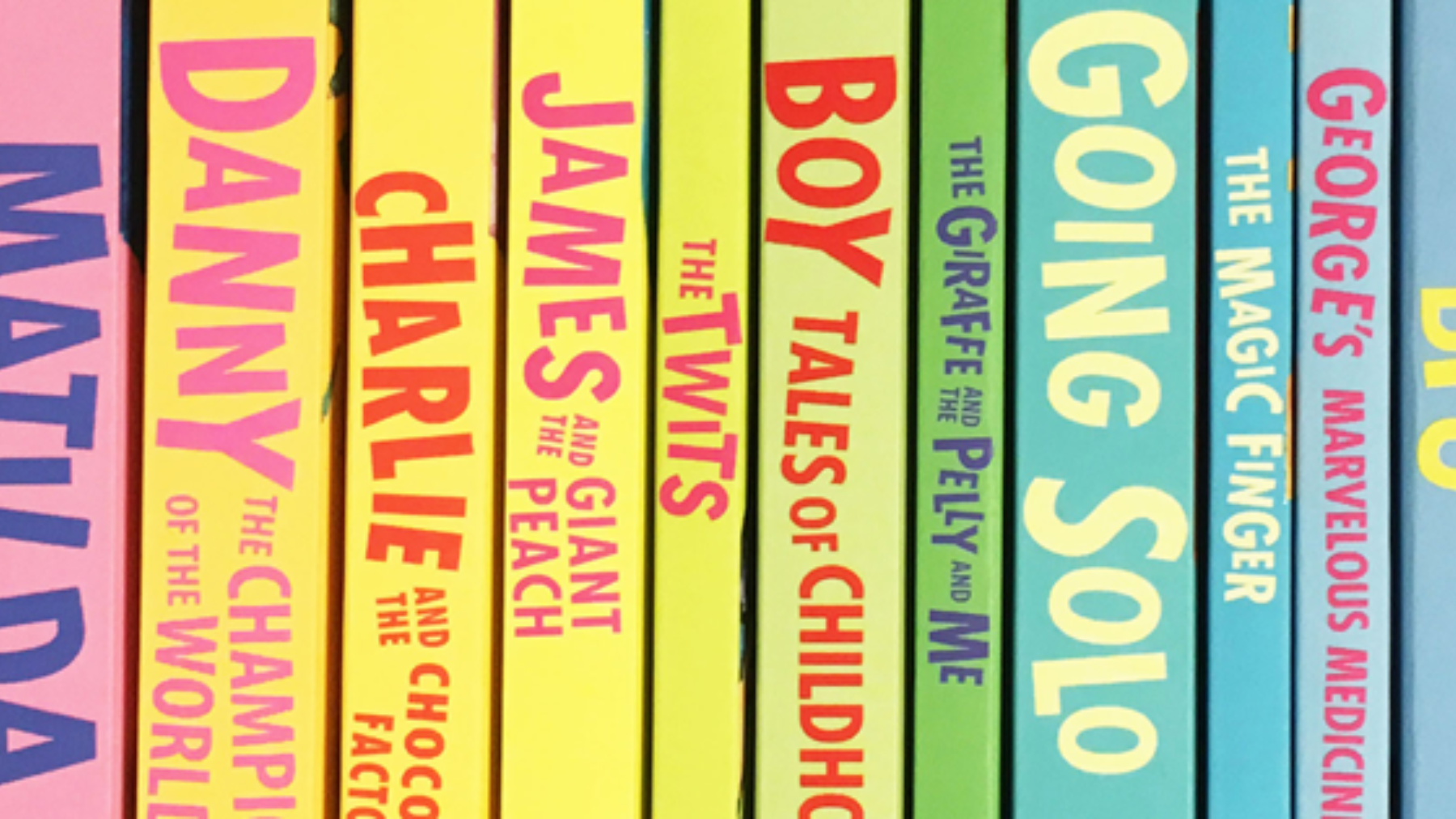In Search of the Yeti – Between Myth, the Himalayas and Hairy Tales
Imagine: icy winds sweep across snow-covered peaks as you carefully make your way through untouched white landscapes. In the distance, you think you see a massive figure – tall, shaggy and elusive. A shiver runs down your spine. Did you just come face to face with the Yeti?
He’s big, furry and probably the most famous snow-dweller in the world: the Yeti. Whether considered legend, joke or serious myth, few other creatures from the Himalayas have captured as much attention. But where does the story of the Yeti actually come from? Why does every child know about it? And what does Nepal have to do with it?

When you follow the Yeti’s trail, you enter a world full of ancient legends, untouched nature and the power of storytelling. Tales like these offer something rare: mindfulness through stories – a moment of pause in a noisy, fast-moving world.
Origins – Between Legend and Habitat
The Yeti’s roots run deep in Nepalese culture and mythology. In the old traditions of the Sherpa – a people who have lived in the Himalayan region for centuries, the Yeti appears as a mysterious, powerful creature. The Sherpa call him “Migö” or “Meh-Teh,” meaning “wild man” or “bear-like being.”
These stories tell of a creature living in seclusion high up in the mountains, avoiding human contact and acting as both a guardian and a threat to nature. In Tibetan Buddhism, similar beings – so-called “Rakshasa” or “snow people” – appear as spiritual protectors and manifestations of karmic energy.
The Yeti represents respect for nature, for the unknown, and for the deep wisdom that we don’t need to understand everything. In today’s world of quick answers, it reminds us how healing wonder can be.

Going Global – How the West Discovered the Yeti
In the 1920s, British mountaineers brought the legend to Europe. Reports of large, unexplainable footprints on Mount Everest sparked huge interest in the Western press. Through a mistranslation, a harmless phrase became the dramatic “Abominable Snowman.”
The myth took off like an avalanche. Expeditions followed, books and films made the Yeti world-famous. It stepped out of the Sherpa world and onto the global stage, a symbol of the unknown in a time when the world map seemed already complete.
The more people searched for it, the more the longing grew for mysteries that resist easy explanation.
Why Nepal? A Perfect Home for Myths
Nepal is the ideal setting for legends like the Yeti. With its towering mountains, deep forests and remote valleys, the land radiates an original kind of magic. Places like the Sherpa village of Khumjung keep the stories alive. A “Yeti skull” is kept in the local monastery – probably goat fur, but that doesn’t lessen the fascination.
These kinds of myths invite you to look with different eyes. They offer mindfulness through stories – the ability to sense mystery, to meet nature with awe and to keep your sense of wonder alive.
And anyone who has been to Nepal knows: sometimes, that feeling is what moves you the most.

What Science Says
Of course, modern science has followed the Yeti’s tracks too. DNA analysis of supposed remains, carried out in 2017, showed they mostly came from bears, like the Himalayan brown bear or the Tibetan black bear.
But what science explains doesn’t always reach the heart. Many people still believe in the Yeti – not necessarily as a zoological being, but as a symbol of the mysterious. A world without secrets would be a poorer one.
Especially in times when everything is measured and evaluated, it can feel good to believe in something beyond logic.
What Does the Yeti Actually Do All Day?
What does a creature like the Yeti do all day? Traditions describe it as a reclusive, nocturnal being that lives in caves and leaves footprints only in moments of silence.
Sometimes he is seen as a guardian of the mountains, driving away travellers who act disrespectfully. Sometimes as a quiet spirit who seeks peace and the solitude of the peaks. But always as part of something greater, a natural world far beyond human control.
In pop culture, the Yeti is everywhere now – in films, on backpacks, on T-shirts. Sometimes scary, sometimes cute. A mirror of our longing for adventure and a world we can’t fully manage.
The Yeti Remains – Whether Real or Not
Whether the Yeti is ever proven to exist scientifically doesn’t really matter. It’s long since become part of Nepal’s cultural identity and the global imagination.
Maybe he’s up there right now, on some snow-covered peak, silently watching what we do and smiling at the stories we tell. Maybe the Yeti isn’t a creature at all – but an invitation. A call to not lose your sense of wonder, to feel what’s invisible and to see the world with open eyes.
And if you one day hike through the Himalayas, you might find more than dramatic landscapes. Maybe you’ll find a bit of magic, a whisper in the wind and a moment of real mindfulness through stories.
A Small Mindfulness Exercise to Take With You
If you like, take a moment.
Close your eyes. Take a deep breath and imagine standing on a quiet path in the Himalayas.
Feel the wind on your face. Hear the crunch of snow under your feet.
Perhaps it’s silent or maybe there’s a faint rustle nearby.
Let the feeling in: not everything needs to be seen to be real.
That’s where mindfulness through stories begins.
– Wikipedia: Yeti
– National Geographic: Yeti-Legenden basieren laut DNA-Untersuchung auf echten Tieren
– Netzwerk Kryptozoologie: Die Geschichte des Yetis
– Beobachter: Yeti-Mythos – das ewige Phantom

